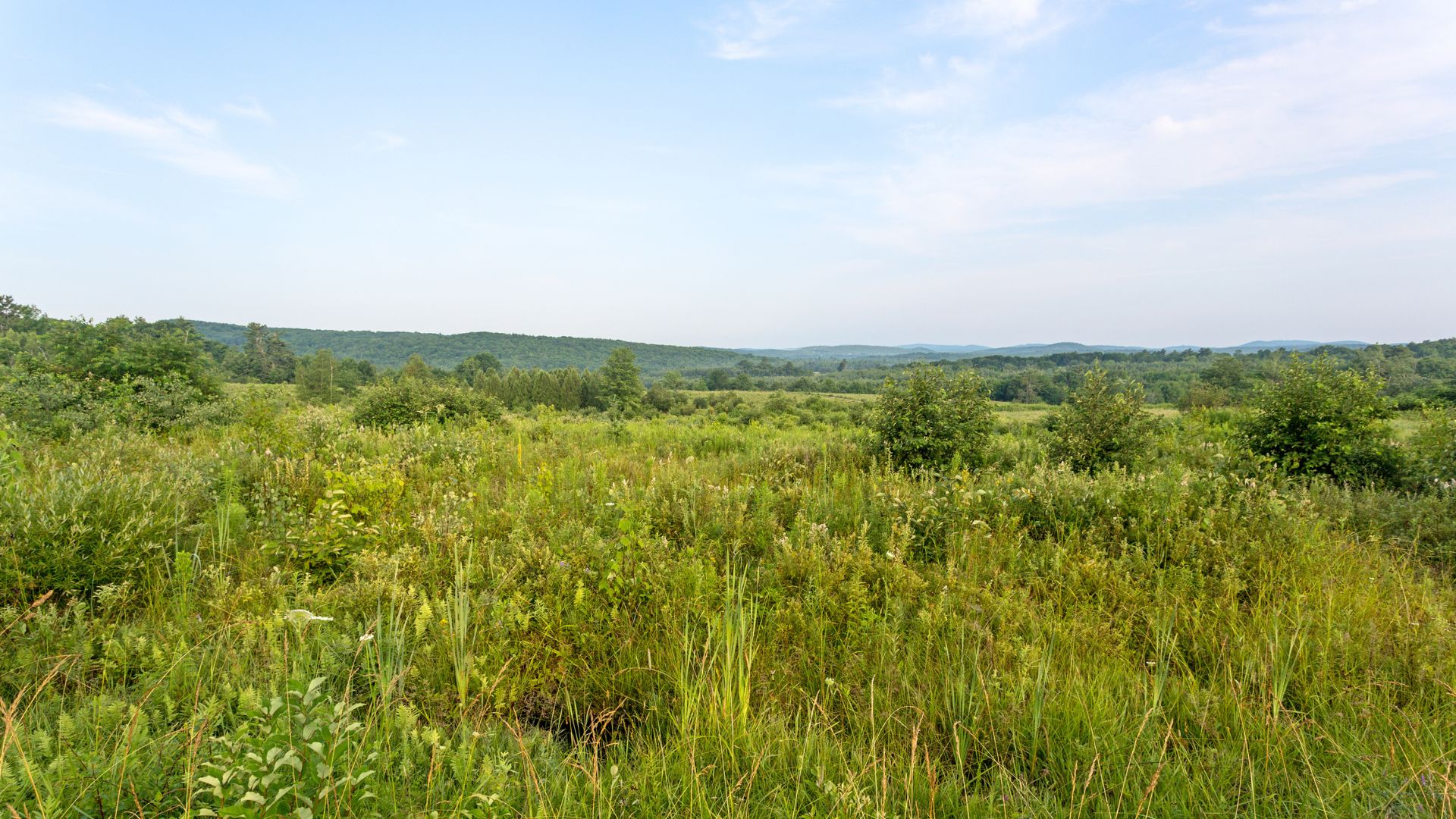This year, various real estate trends in Canada have been forming.
Home prices in Toronto and Vancouver are falling. Borrowing costs are lower this year than in 2024. More supply has been coming online, giving prospective homebuyers more affordable options. At the same time, regional growth has been at the forefront of the Canadian housing market. In fact, compared to a few years ago, some of the best cities for real estate growth are outside of the usual suspects.
“Most housing markets continued to turn a corner in June, although market conditions still vary considerably depending on where you are in Canada,” said Valérie Paquin, the chair of the Canadian Real Estate Association.
Suffice it to say, Canada’s real estate landscape is shifting dramatically in 2025, with several provinces emerging as unexpected leaders in real estate growth. While the Ontario and British Columbia housing markets cool, the Prairies and Atlantic Canada have enjoyed a quiet strength.
Here are the Canadian provinces that are seeing the fastest real estate growth so far this year:
These Canadian Provinces Are Seeing the Fastest Real Estate Growth
Saskatchewan
Last month was the busiest June on record for Saskatchewan.
According to the Saskatchewan Realtors Association, home sales were almost 15 percent above the long-term average, climbing six percent year-over-year to 1,768 units. While housing stocks inched up modestly, active housing units remained 40 percent below the ten-year average, with 4,144 listings.
Both issues supported upward movements in price growth. Association data show that the provincial residential benchmark price reached a record high of $370,700, up eight percent from a year ago.
“We’re seeing record price growth for a second consecutive month – as high as 16 percent year-over-year in some markets – which speaks to the supply and demand challenges we’re experiencing right now,” said Saskatchewan Realtors Association CEO Chris Guérette in a summary of June conditions. “Despite these challenges, we’re encouraged by consecutive months of strong housing start figures and remain hopeful that supply relief is on the way.”
For the last several years, Saskatchewan has been the little engine that could, driven by the province’s affordability and expanding job market, which have attracted new residents. These components are quietly transforming into one of the fastest-growing housing markets in the country.
Newfoundland and Labrador
Newfoundland and Labrador is one of the loveliest provinces in the country, surrounded by the Atlantic Ocean, beautiful scenery, and a red-hot real estate market. Is it any wonder why it is one of the fastest-growing housing markets in the nation?
In June, composite benchmark prices surged nearly 11 percent on a year-over-year basis to $325,000, according to the Newfoundland and Labrador Association of REALTORS®. But the gains are being observed across the property landscape:
- Single-Family Homes: 10.7 percent increase to $327,500.
- Townhomes: 3.2 percent increase to $302,600.
- Apartments: 11.3 percent jump to $258,900.
Demand has been solid, with home sales soaring more than 13 percent, resulting in above-trend numbers. In the first six months of 2025, home sales have reached nearly 2,500 units, up more than 13 percent from the same time a year ago.
Manitoba
Don’t look now, but Manitoba’s population is growing, especially in Winnipeg and Brandon. Like Saskatchewan, Manitoba is fueling more interest in its affordability and job creation, leading to solid demand for housing.
“Despite the ongoing uncertainty surrounding the economic outlook and general tariffs, our housing market is currently going strong at the best levels we’ve ever seen aside from the pandemic surge,” said Catherine Schellenberg, the president of the Manitoba Real Estate Association, in a statement.
According to new data from the provincial association, home sales were more than five percent above the ten-year average for the month of May. Home sales also swelled close to five percent in the first five months of 2025.
With paltry supply growth, new listings were one percent below the five-year average, and active residential listings were more than 25 percent below the ten-year average; home prices have responded by climbing higher.
The average price of homes sold in May increased by 10.5 percent to $410,233. On a year-to-date basis, the average price for a home was more than $395,000, up eight percent compared to the first five months of last year.
“New supply is still coming onto the market at fairly healthy levels, but with the increase in demand, our overall provincial inventories are on the decline, and the provincial housing market at large is tilted into seller’s territory,” Schellenberg added. “Based on the strength we’re seeing, it’s no surprise that average price levels set a third consecutive record in May with gains of more than 10% over the same time last year.”
Best Cities for Real Estate Growth
Are Toronto and Vancouver still the best cities for real estate growth? The latest data suggest that they might have reached their maximum, at least for the time being. Therefore, whether investors or families pursuing homeownership aspirations, the Prairies and Atlantic Canada might be the best opportunity for capital appreciation and enjoying a roof over your head at an affordable price.





